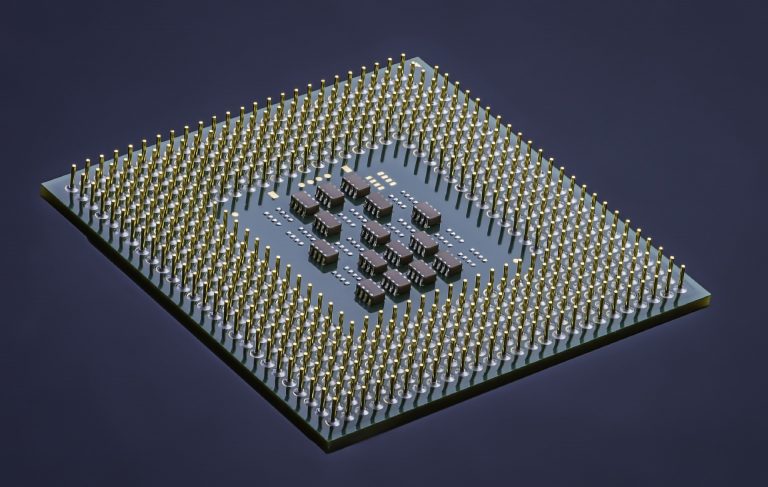In 2015, Beijing’s “Made in China 2025” initiative had outlined targets for a self-reliant China. The semiconductor industry was one of the sectors given importance in the Chinese Communist Party’s plans. The initiative proposed lifting China’s chip production from roughly 10 percent of the demand in 2015 to 40 percent in 2020 and 70 percent in 2025. A year after the 2020 target, communist China is nowhere near achieving semiconductor self-sufficiency.
According to a report by IC Insights, the IC market in China was worth $143.4 billion in 2020; production in China only accounted for 15.9 percent. If foreign manufacturers operating in the country are removed, it falls to 5.9 percent. Chinese authorities claim that the domestic share of semiconductor supply was 30 percent last year, which is lower than the 40 percent target outlined in the Made in China 2025 plan.
“If China-based IC manufacturing rises to $43.2 billion in 2025 as IC Insights forecasts, China-based IC production would still represent only 7.5% of the total forecasted 2025 worldwide IC market of $577.9 billion.” Many Chinese IC producers are foundries that sell their ICs to companies that resell these products to the electronic system producers. “Even after adding a significant markup to some of the Chinese producers’ IC sales, China-based IC production would still likely represent only about 10% of the global IC market in 2025,” the IC Insights report states.
Beijing has implemented several measures to boost its semiconductor industry. They include setting up the “China Integrated Circuit Industry Investment Fund” in 2014. The fund has helped Semiconductor Manufacturing International (SMIC) to become a key player in China’s chip foundry. SMIC plans to build a large fabrication facility in the outskirts of Beijing at a cost of $8.87 billion.
In a regulatory filing, SMIC stated that the chip factory will have “a production line with a production capacity of 100,000 12-inch wafers per month, focusing on the production of integrated circuit foundry and technology services on process nodes for 28 nanometer and above.”
Success
You are now signed up for our newsletter
Success
Check your email to complete sign up
The government is also offering tax and other incentives to encourage investment in the sector. In 2020, investments in semiconductors quadrupled to 140 billion yuan ($21.92 billion). Despite these measures, communist China’s semiconductor manufacturing lags far behind Taiwan, the world’s leader in this sector.
Peng Hu, director of the research department at CICC and a former Huawei Technologies Co. veteran, interviewed with SCMP. He said that China has talented people in semiconductor design, but the communist regime faces a huge challenge in the manufacturing side of the business.
“China lacks talent in manufacturing, especially those who can master craftsmanship, as it involves many interdisciplinary subjects like physics and chemistry… Anyone who works on it less than 20 years finds it hard to master,” Peng said.
Communist China feels pressure to become self-sufficient in semiconductors because U.S. sanctions have prohibited many Chinese firms from easily acquiring chips. Being at the mercy of Washington is not something Beijing can tolerate.
However, experts feel that the CCP’s focus on building a semiconductor supply chain that will be immune to American sanctions is a tall task.
“Semiconductors are premised on global division of labor… No country can create its own independent supply chain,” an expert told Nikkei Asia.














